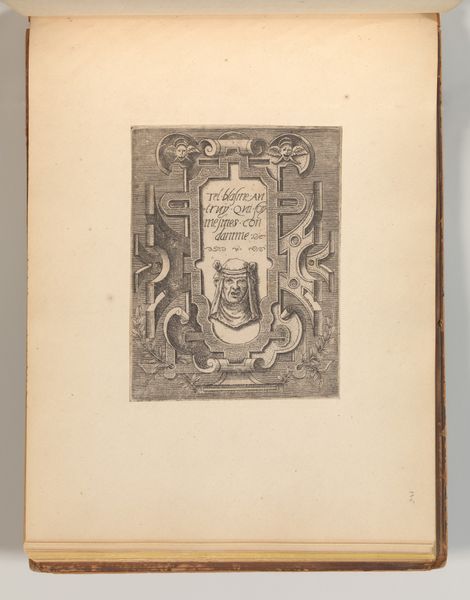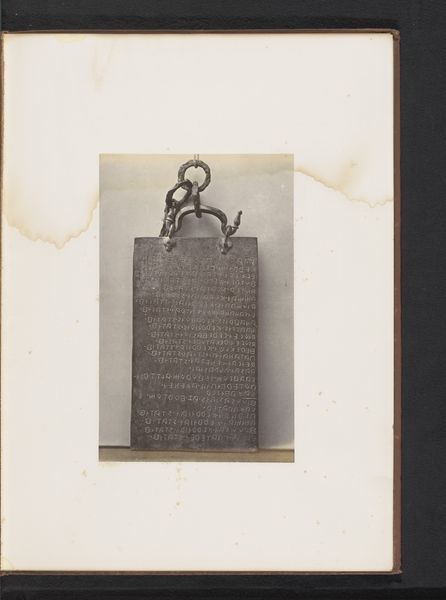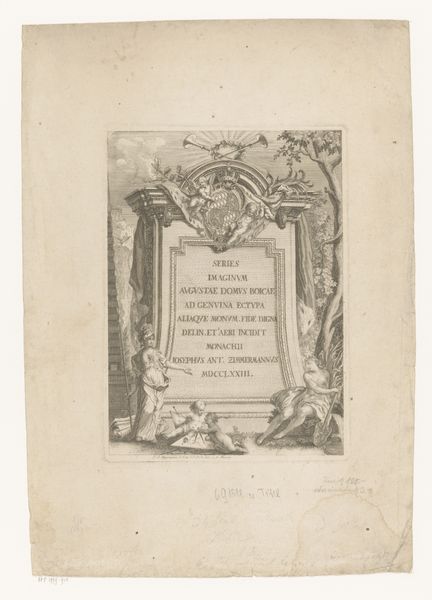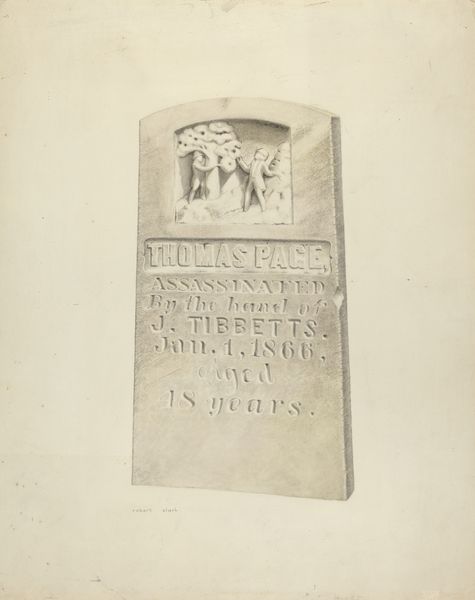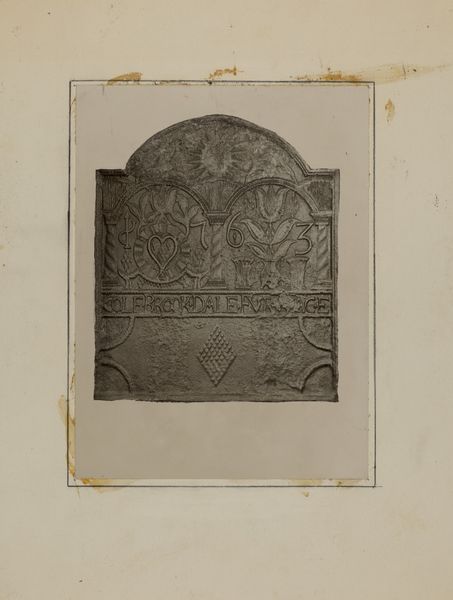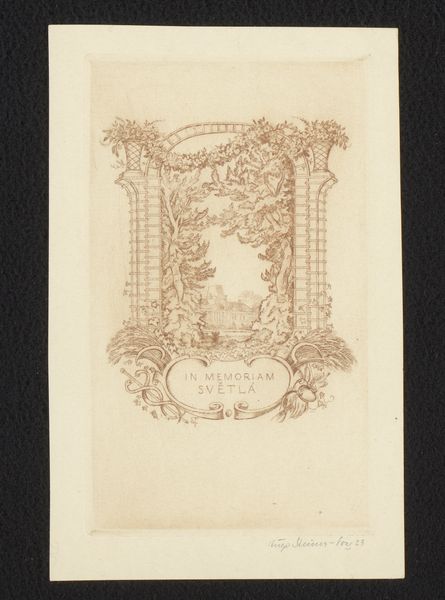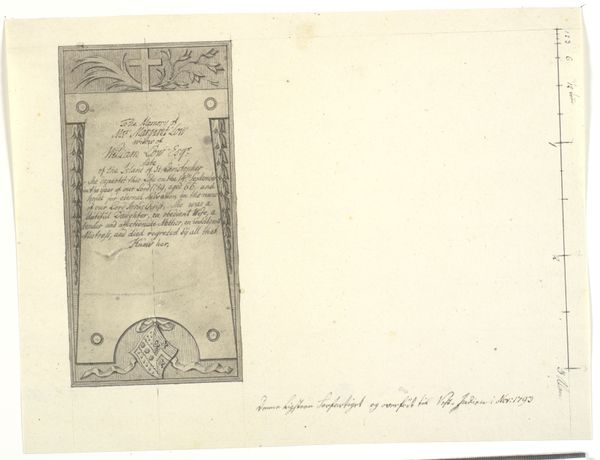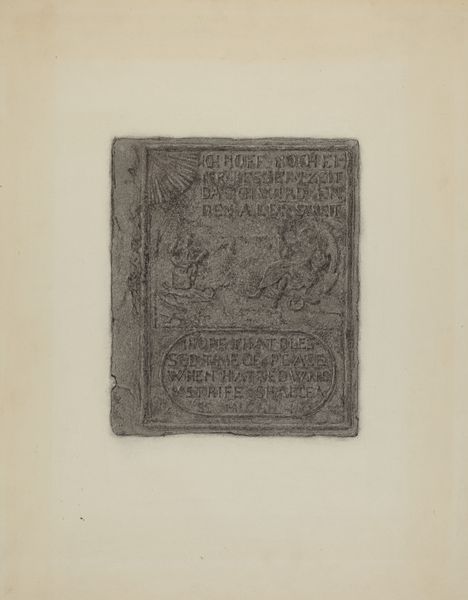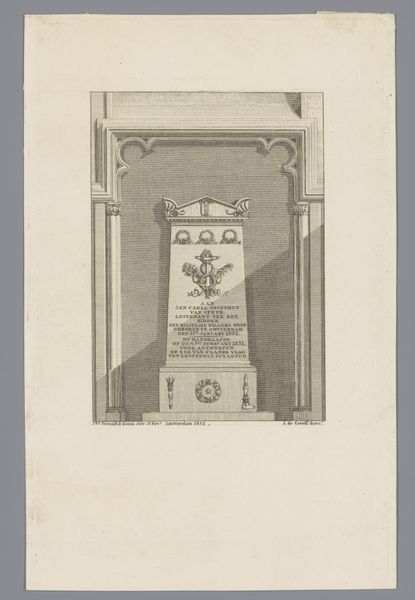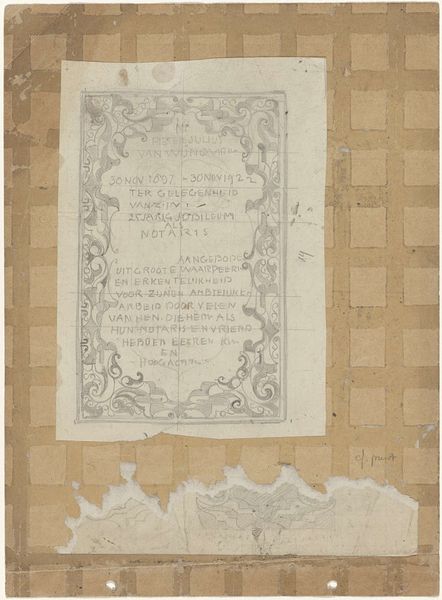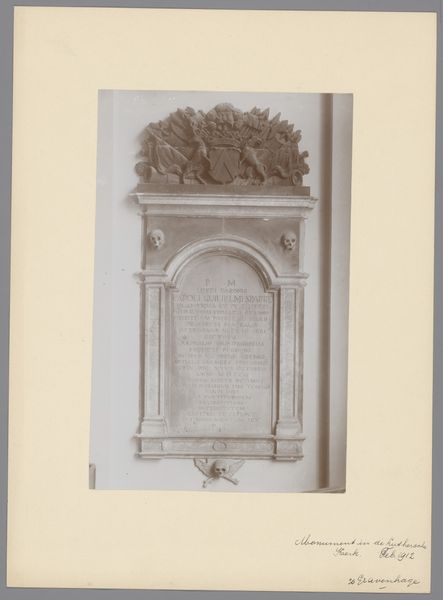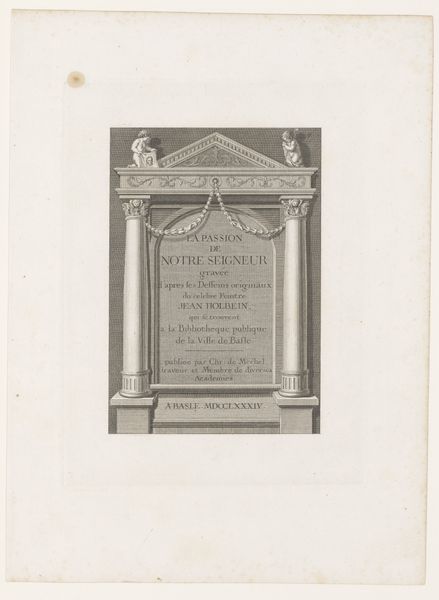
photography, gelatin-silver-print
#
portrait
#
still-life-photography
#
landscape
#
photography
#
gelatin-silver-print
Dimensions: height 104 mm, width 63 mm
Copyright: Rijks Museum: Open Domain
Editor: Here we have Johannes Wilhelmus Franciscus Offenberg’s 1880 gelatin-silver print, “Grafzerk van G. J. A. van Booven”, a photograph of a gravestone. I’m immediately struck by its simple composition. It seems to memorialize someone, but what I don’t understand is, why take a picture of a gravestone? What story could it possibly tell us? Curator: Precisely. These funerary photographs were very much embedded in the Victorian era’s mourning culture, becoming especially prevalent with advancements in photographic technology. Consider how widespread photography was becoming; portraits offered a semblance of immortality, even for the middle class. These kinds of images allowed people to maintain a tangible connection with the deceased, participating in a very public grieving ritual. Does that shift your perspective? Editor: Yes, that helps contextualize it. I guess, with photography still being relatively new, having even this image of a gravesite was a significant thing, and taking pictures was a performative social ritual. Was there a religious significance as well? Curator: It certainly ties into existing Christian beliefs around remembrance and honoring the dead. What is interesting is how the act of photography changes these rituals. The reproducibility and distribution of photographs could arguably democratize the mourning process, moving away from more exclusive religious displays to allow a wider participation. Does thinking about photography's cultural accessibility influence how you view it as a record of death? Editor: Absolutely, it transforms the photo entirely. Before, I saw it as just a picture of a gravestone, but now I see it as a piece of social history. Curator: It becomes less about the individual, perhaps, and more about the collective performance of grief in an era of social and technological transformation. Editor: Thanks, that’s definitely given me a new appreciation for it.
Comments
No comments
Be the first to comment and join the conversation on the ultimate creative platform.
